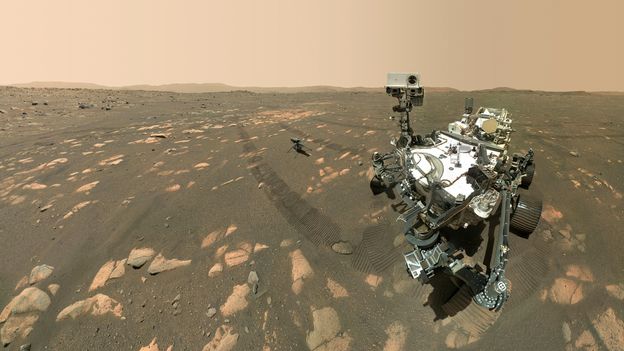If you aren’t quite ready to wait 100 years, then you might want to cast your gaze to other solar systems. We now know of more than 5,500 planets around other stars, known as exoplanets, and more continue to trickle in every day. With the immense power of new telescopes, most notably the James Webb Space Telescope (JWST), astronomers are now beginning to probe some of these planets in exquisite detail.
In particular, they are using JWST to see if they can work out what gases are present on some rocky exoplanets similar to Earth. JWST was not initially designed to study exoplanets when it was first drawn up at the turn of the century, but it has since been re-tasked with studying these worlds, being the largest space telescope in history and thus our best machine to do so.
It cannot study Earth-like worlds around stars like our Sun. These planets are simply too dim against such bright stars for even JWST to study, and will require a more advanced telescope such as Nasa’s Habitable Worlds Observatory, set to launch in the 2040s to investigate them. But JWST can study planets around small stars called red dwarfs, and right now it is flexing its capabilities with a fascinating system called TRAPPIST-1, which contains seven Earth-sized worlds. At least three of the planets orbit in the star’s habitable zone, where liquid water – and life – could exist.
The first step is for astronomers to confirm if these planets have atmospheres. Research with JWST to make this determination is currently underway, with results expected later this year or in 2025. Initial results have shown that the innermost planet likely lacks an atmosphere required for life, but if atmospheres can be found on the other TRAPPIST-1 planets it would be a monumental discovery says Jessie Christiansen, an astrophysicist at Nasa’s Exoplanet Science Institute at the California Institute of Technology in the US. “The next 20 years of exoplanet search will depend on that result,” she says. “If red dwarf planets have atmospheres, we will point every telescope on Earth at these planets to try and see something.”
If we can find those atmospheres, JWST will be used to look for signs of biosignatures in atmospheres that might hint at life. “We’ll be looking for disequilibrium chemistry,” says Christiansen. “You can make carbon dioxide, methane, and water on [any] planet. But having them in ratios where they can’t be maintained naturally, that’s where you start to say biology is involved.”

Dr. Sarah Adams is a scientist and science communicator who makes complex topics accessible to all. Her articles explore breakthroughs in various scientific disciplines, from space exploration to cutting-edge research.



/cdn.vox-cdn.com/uploads/chorus_asset/file/25456655/XPS_13_Graphite_7.png)

